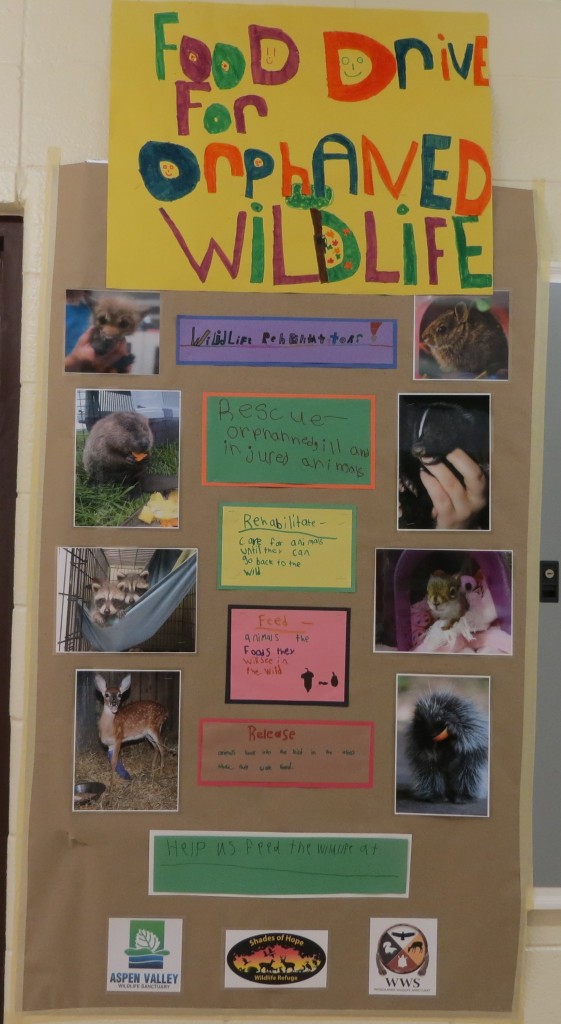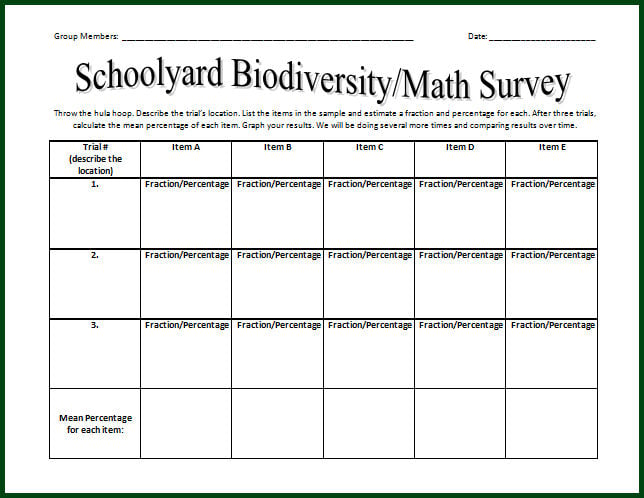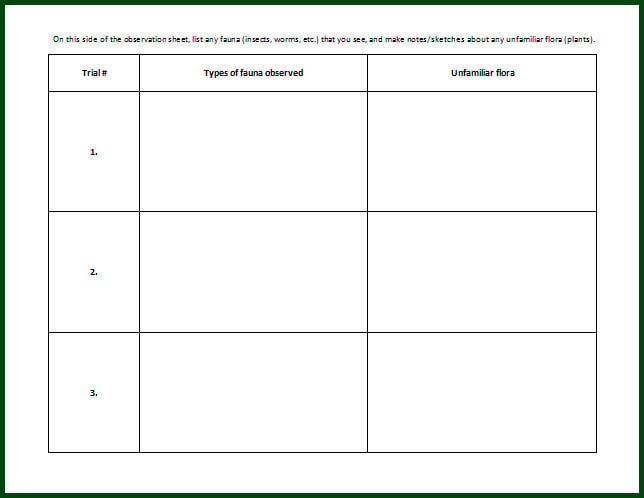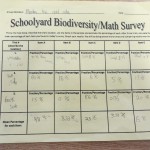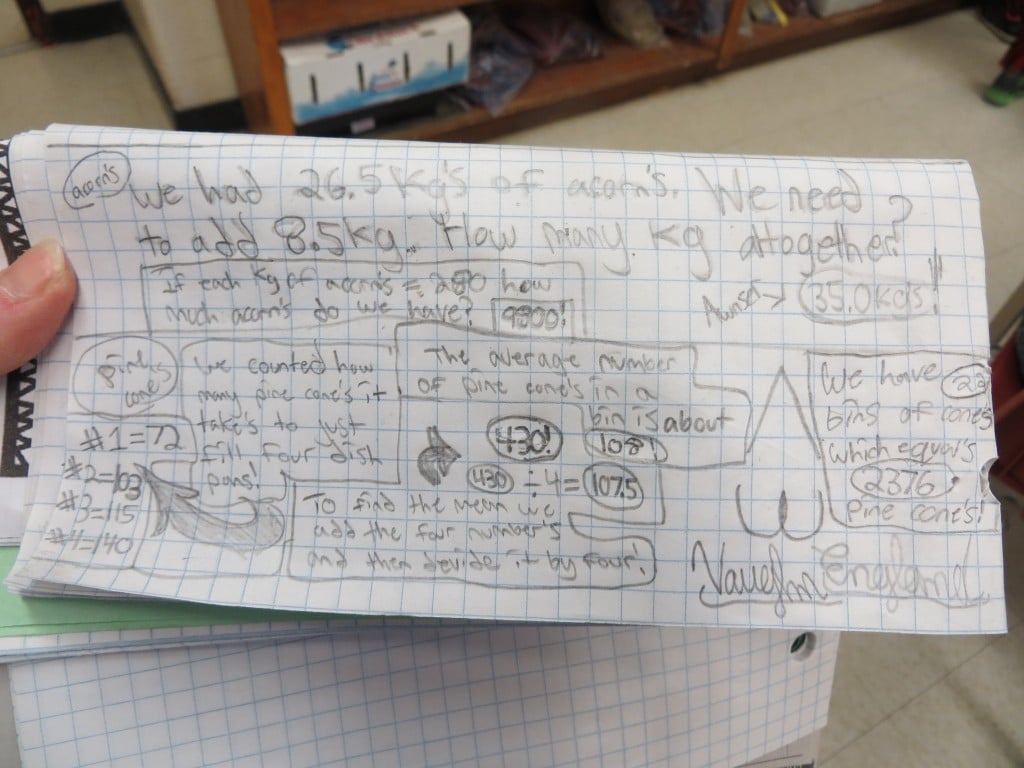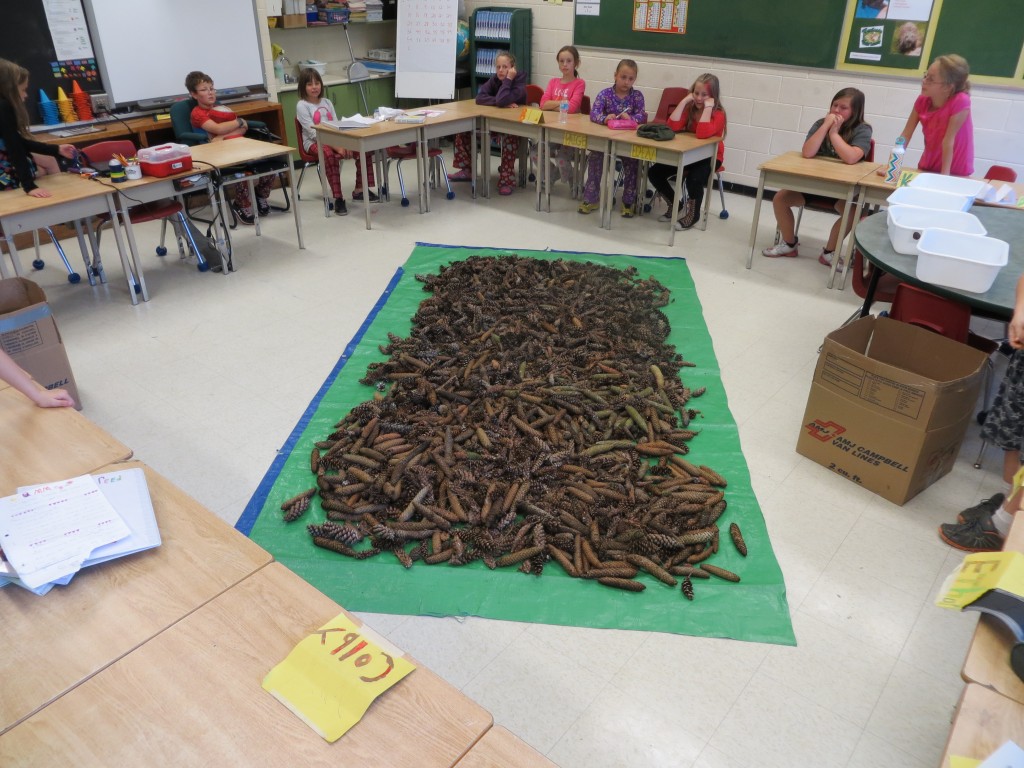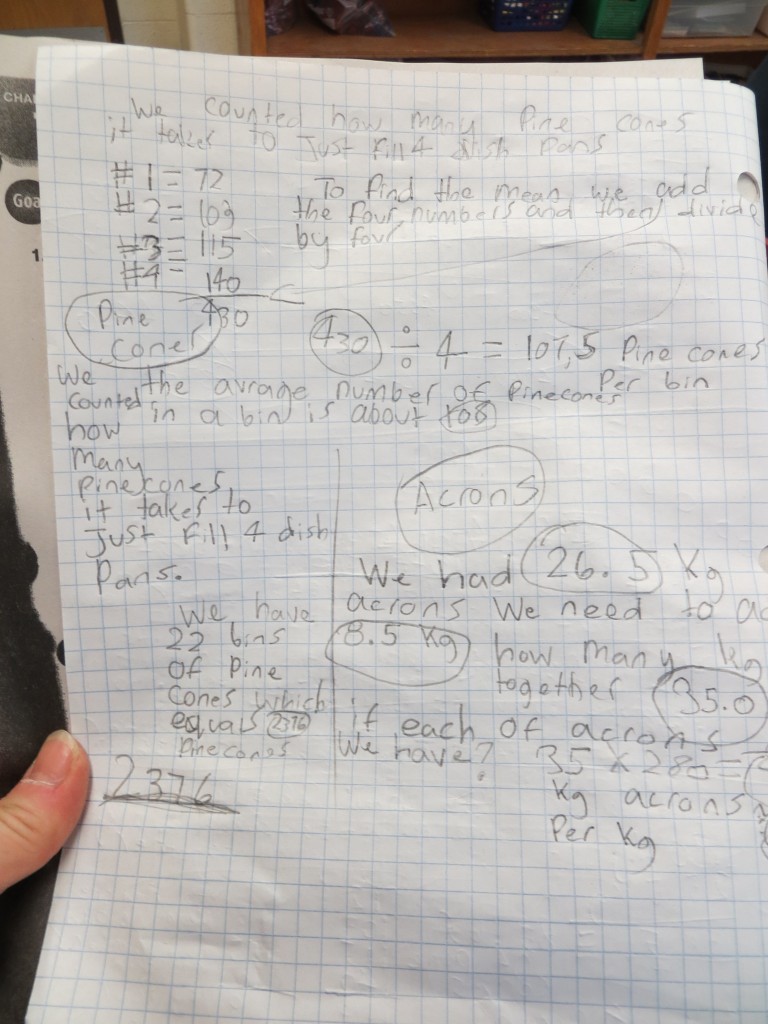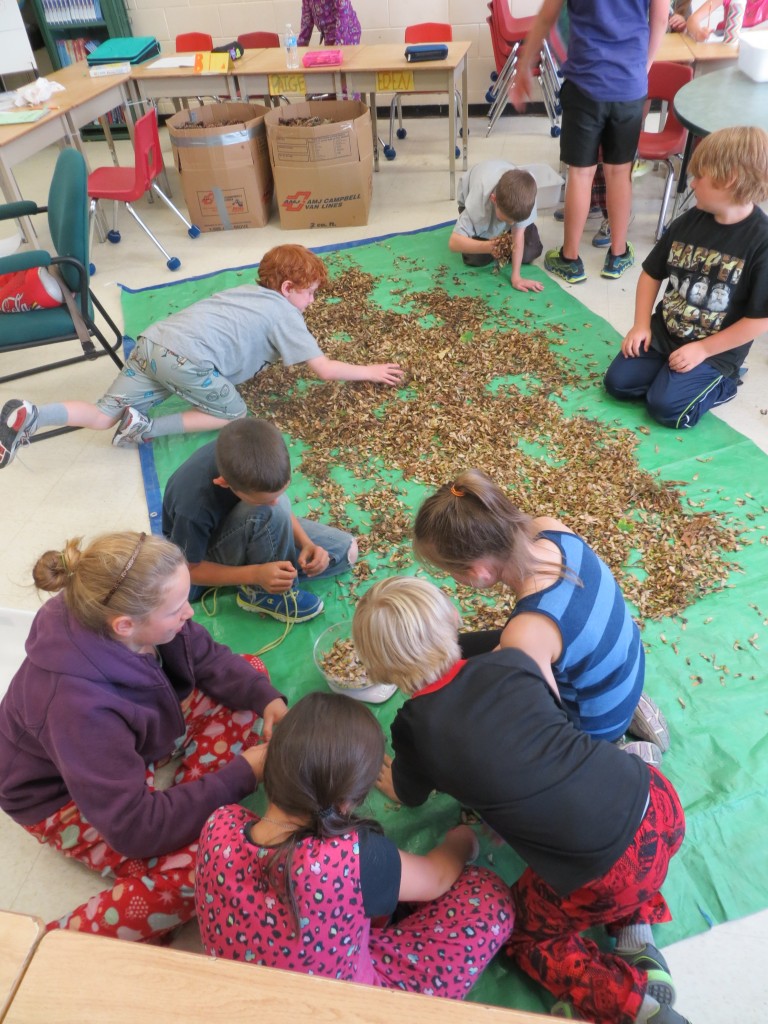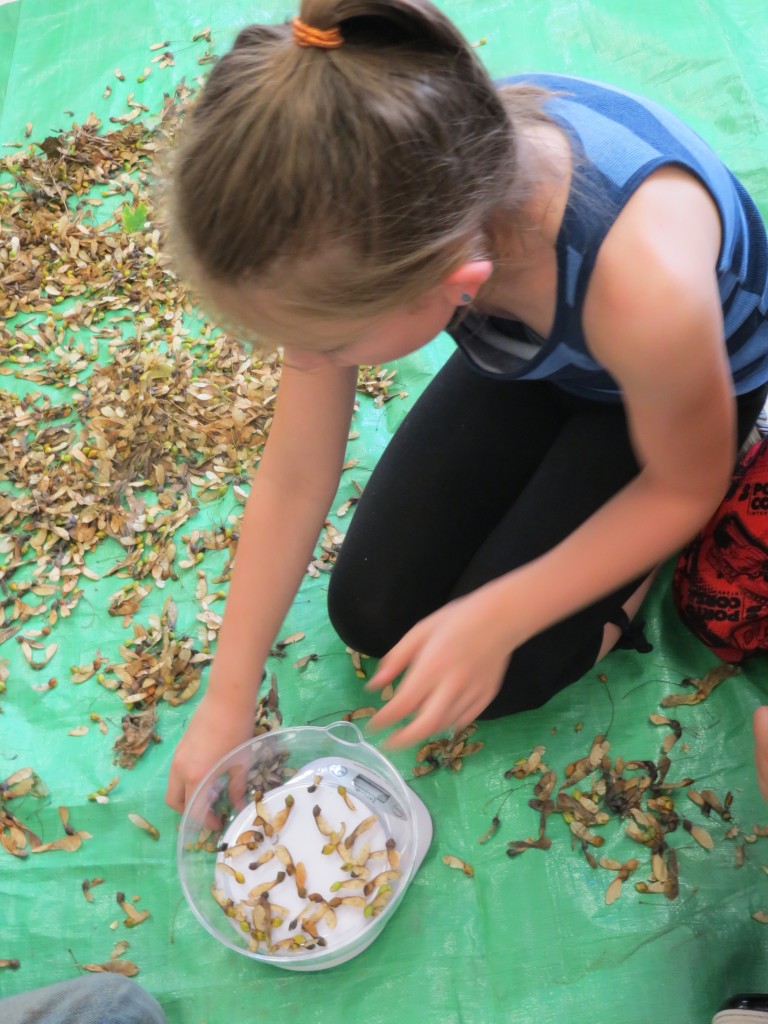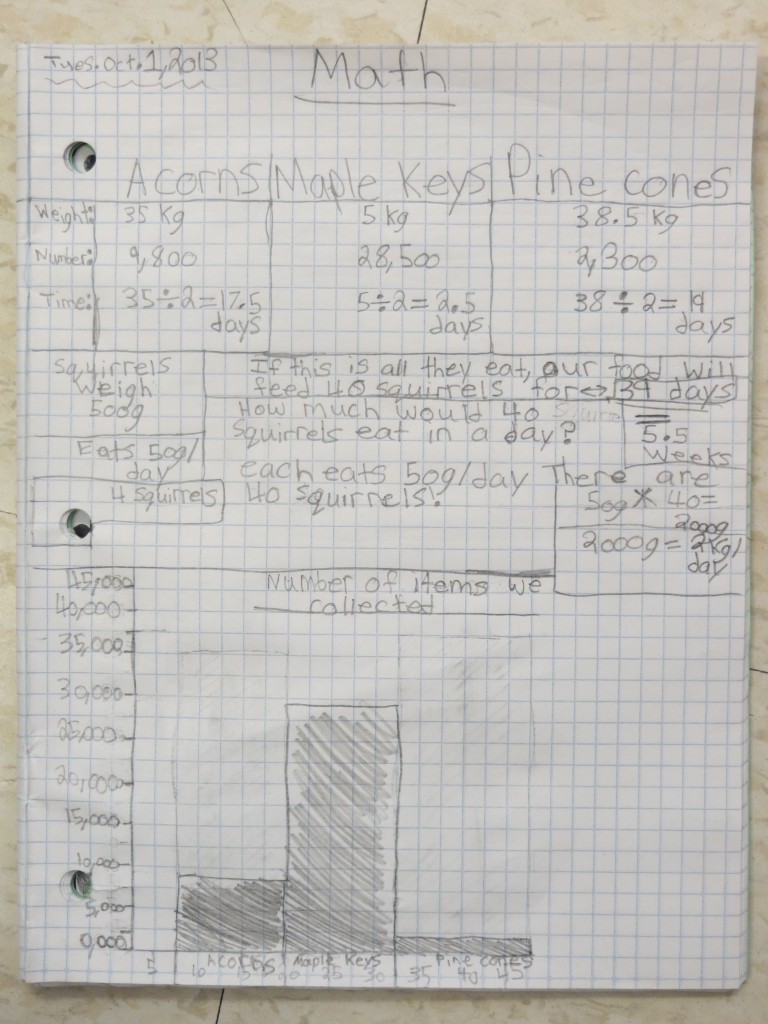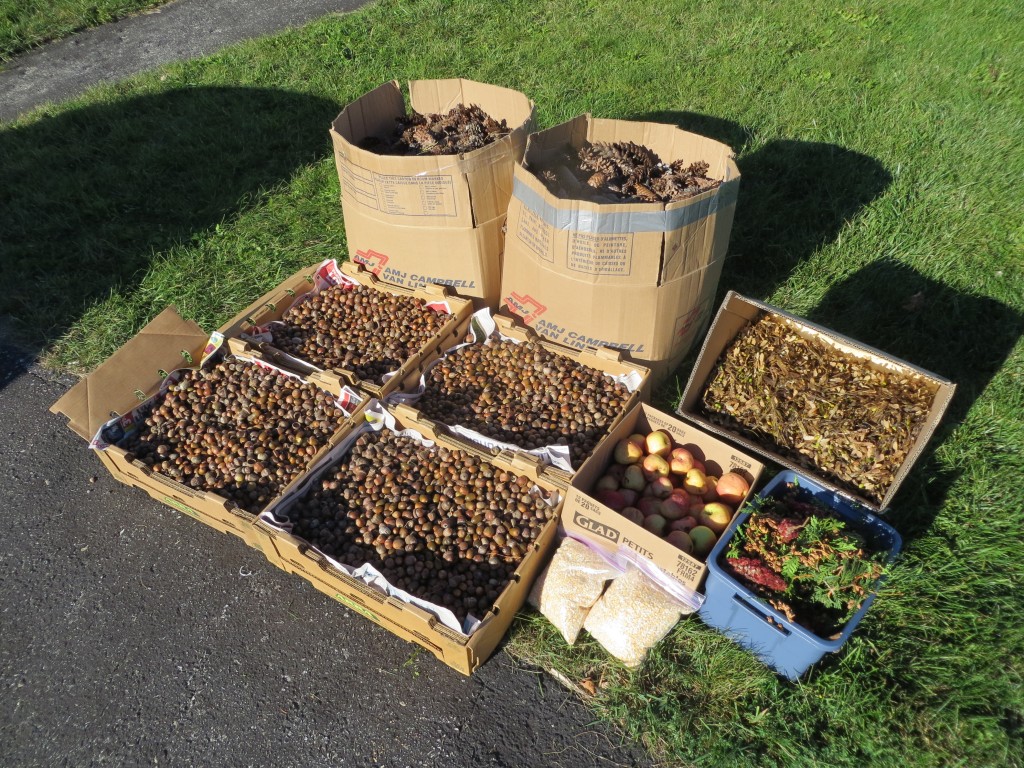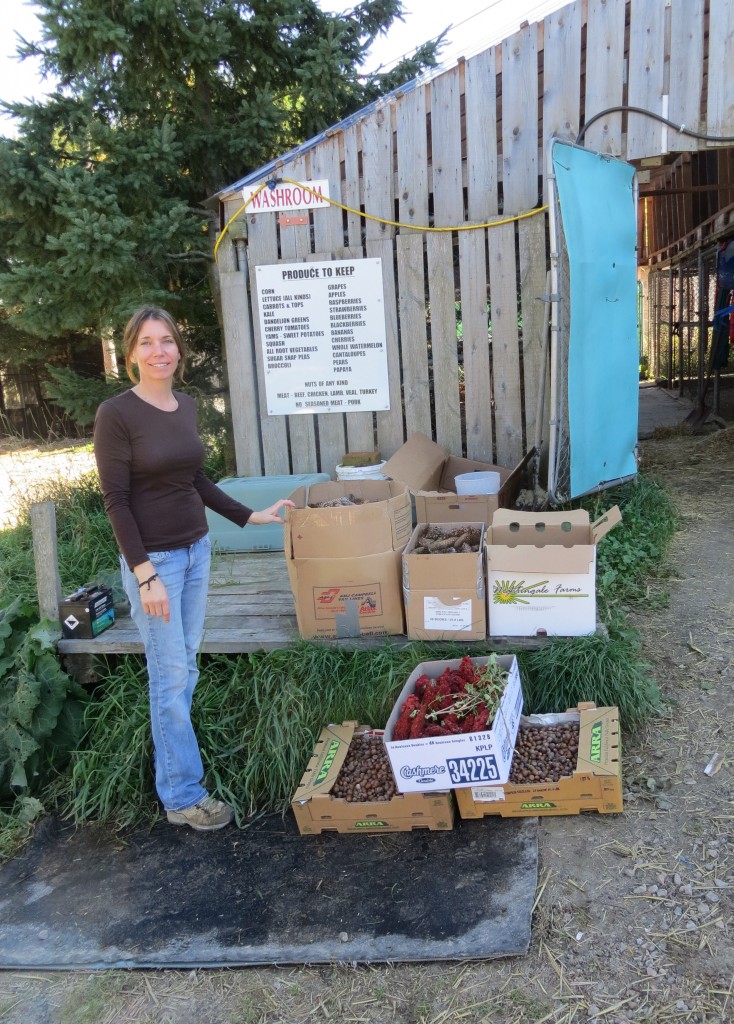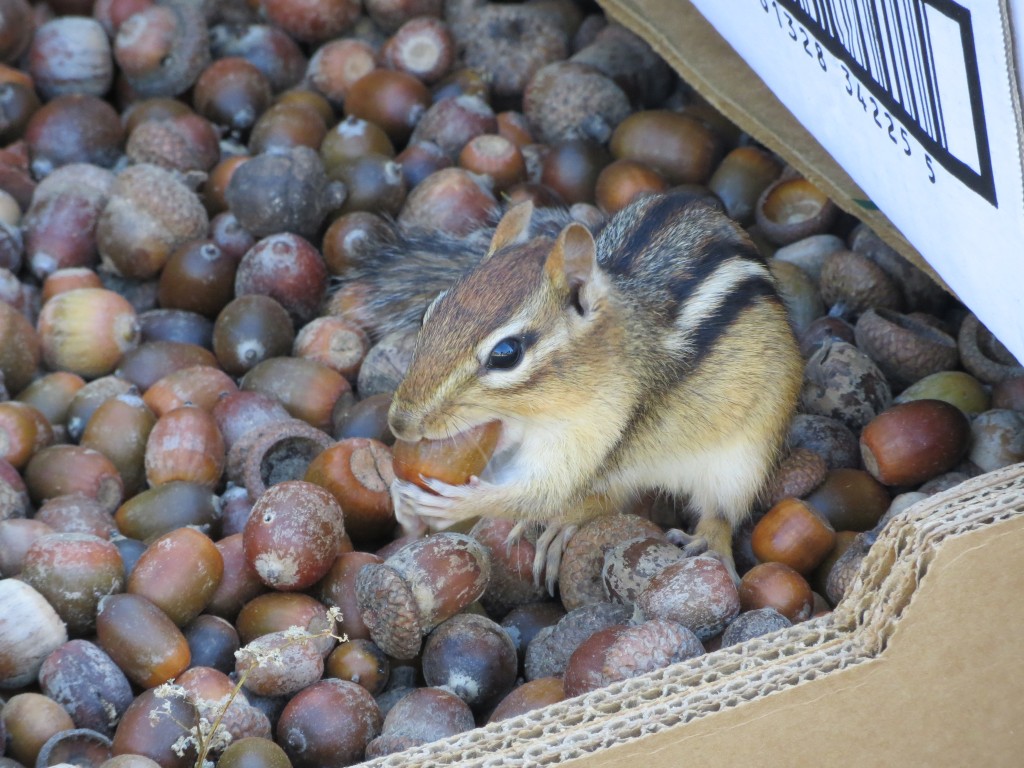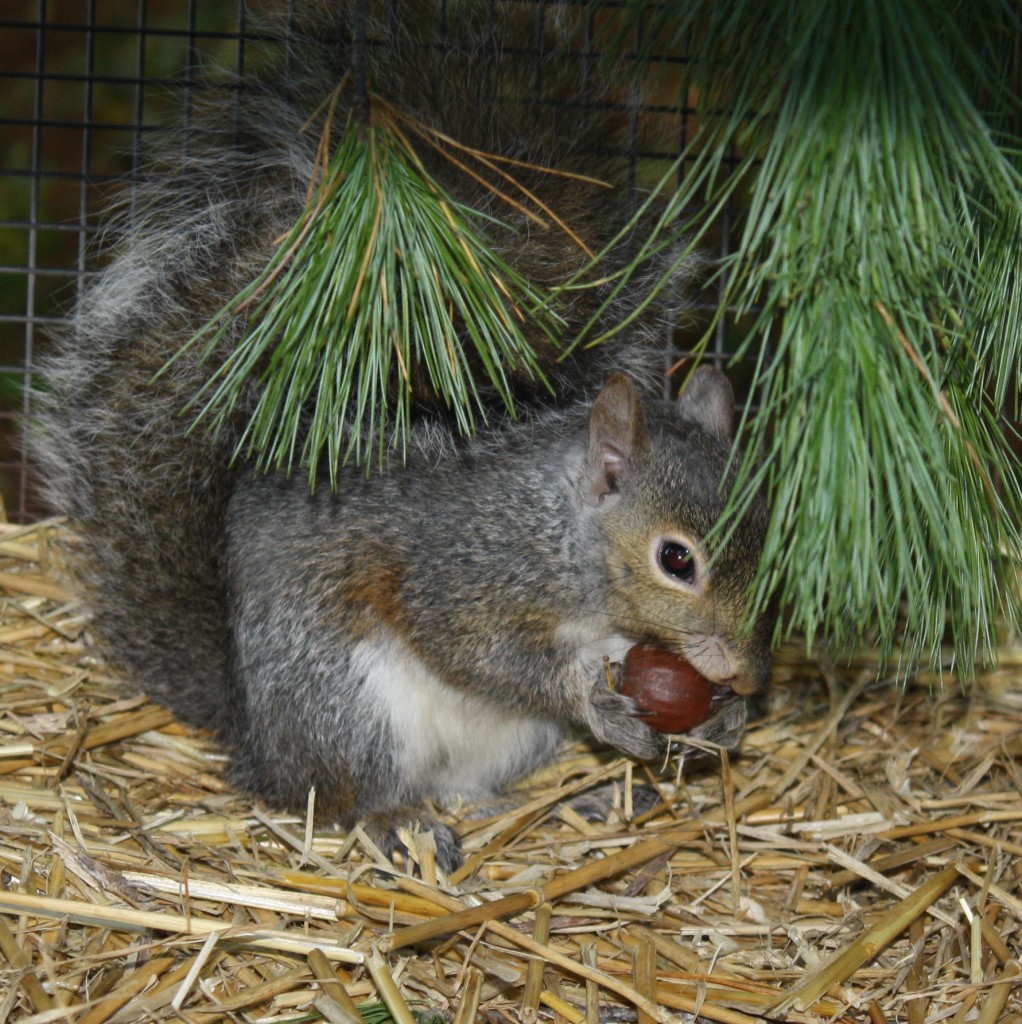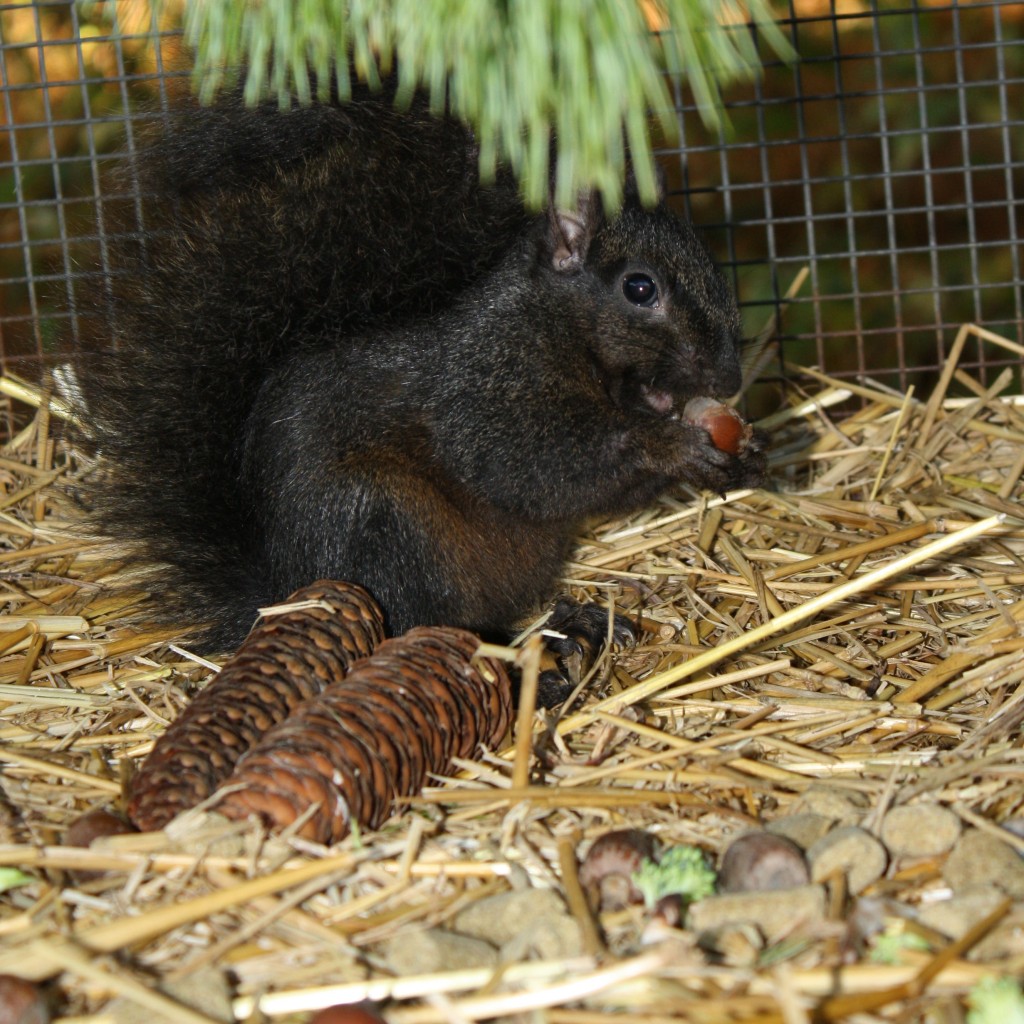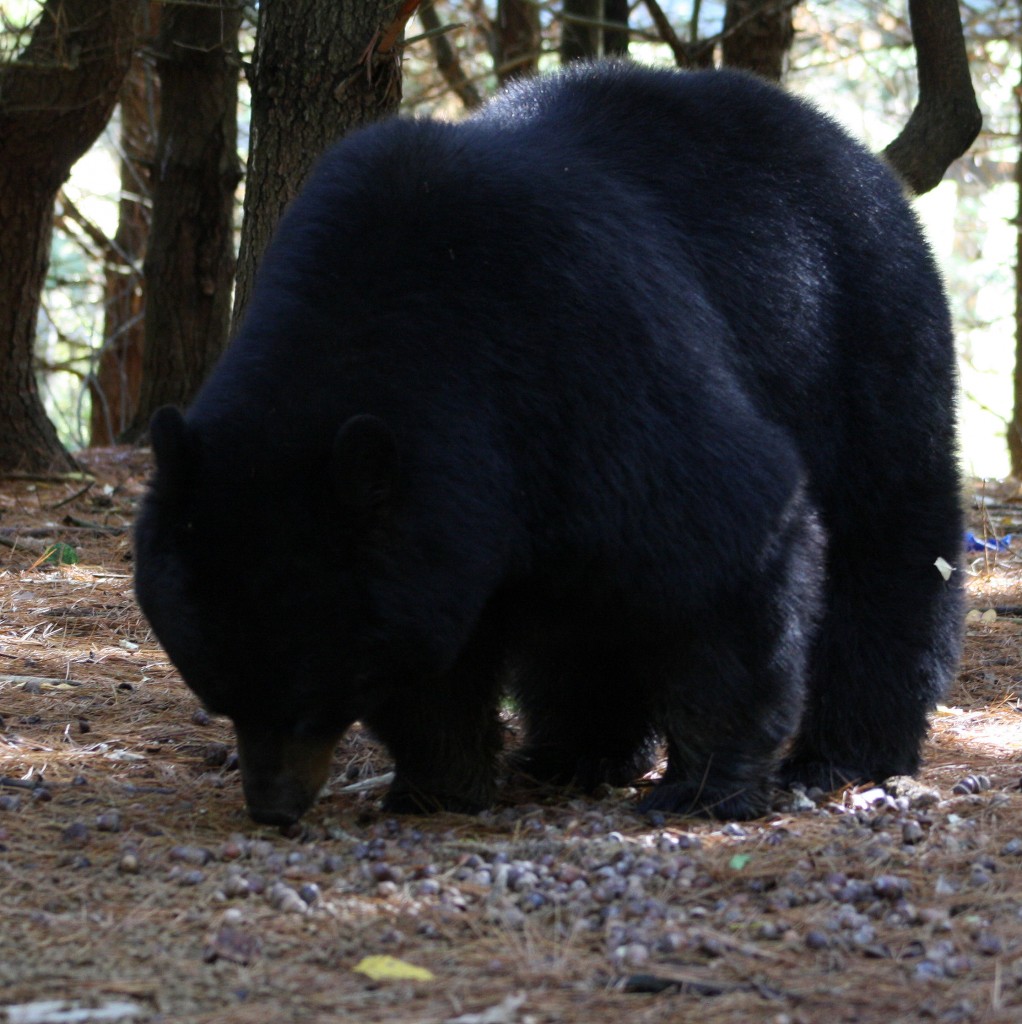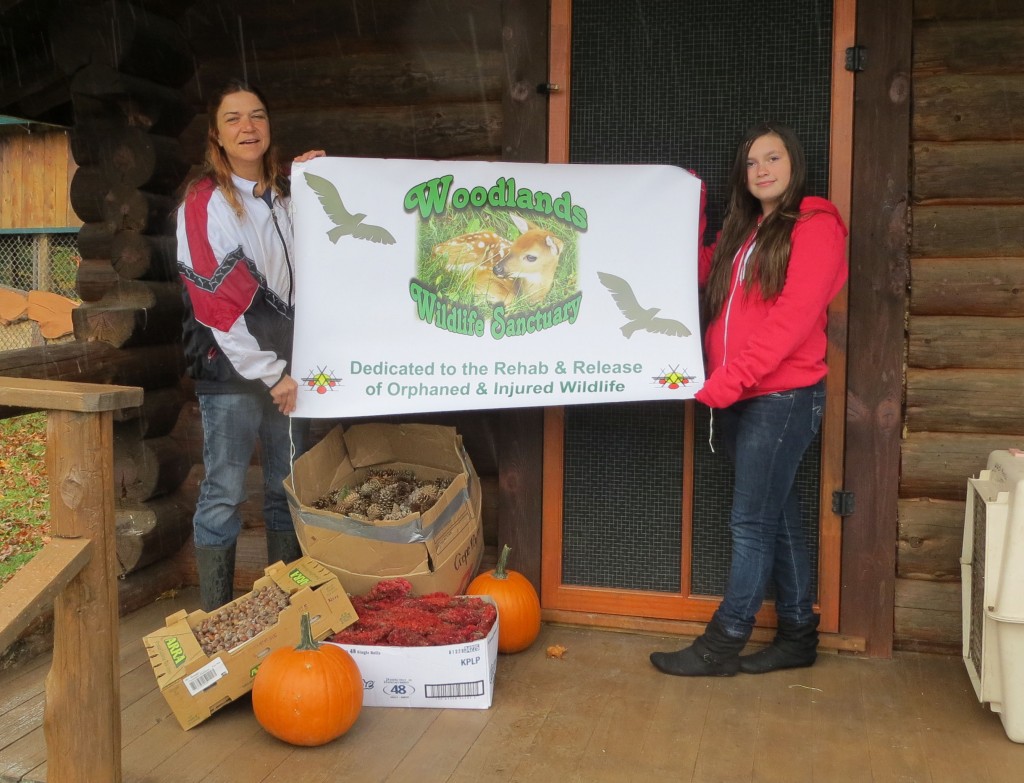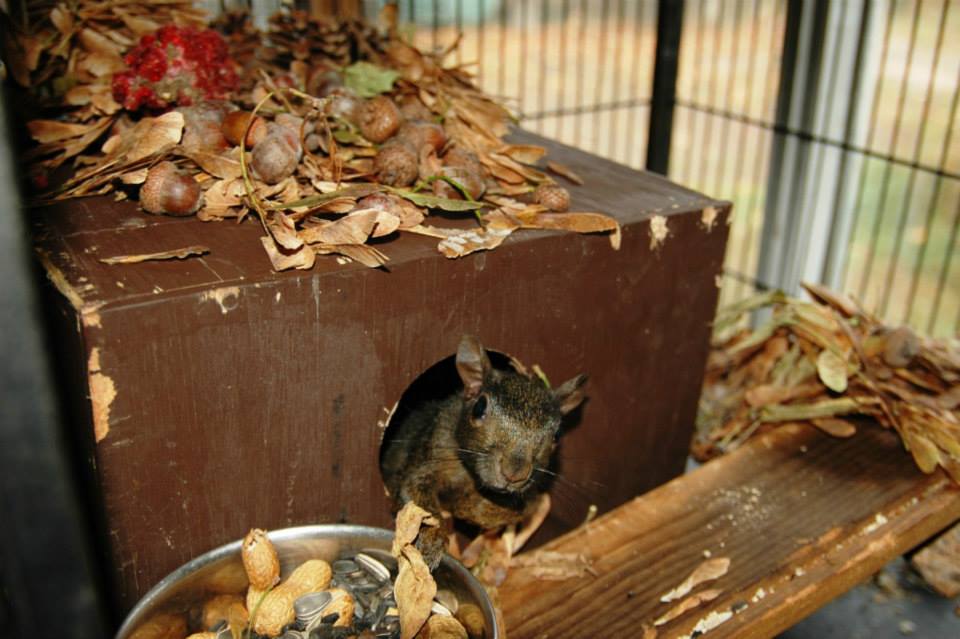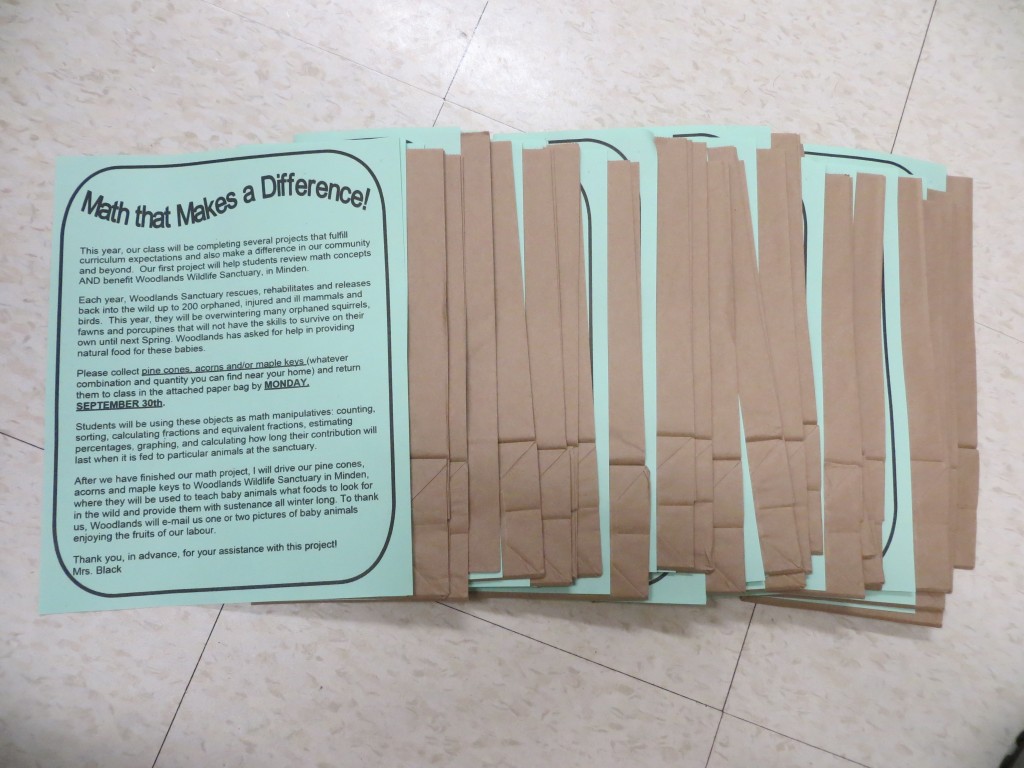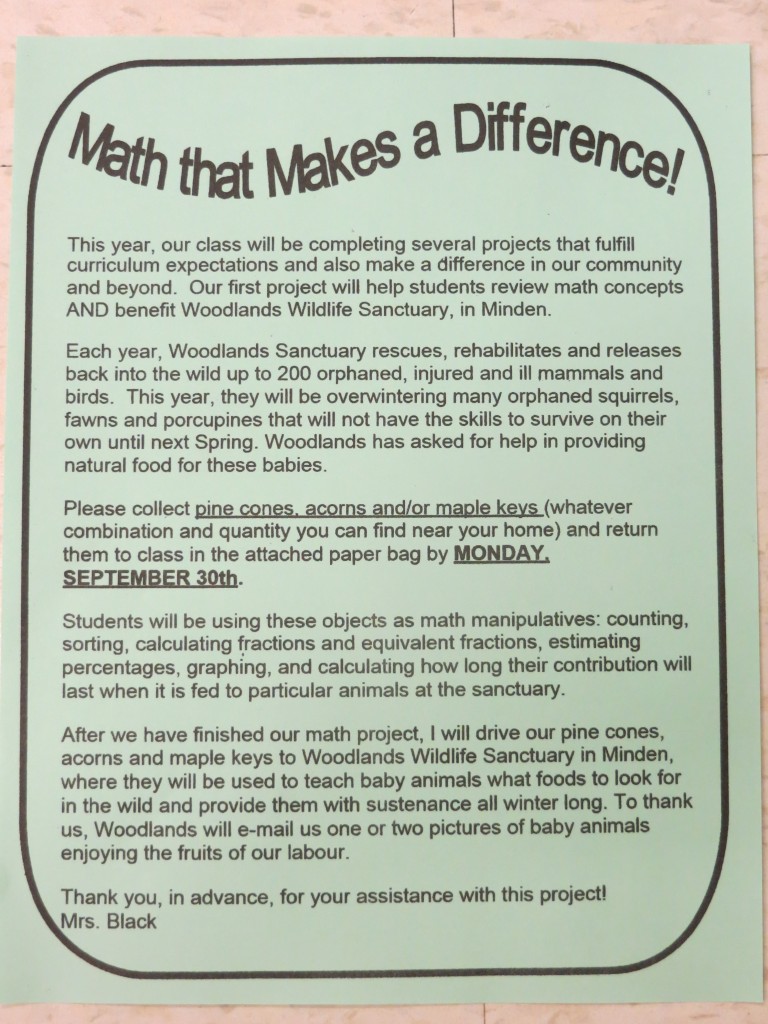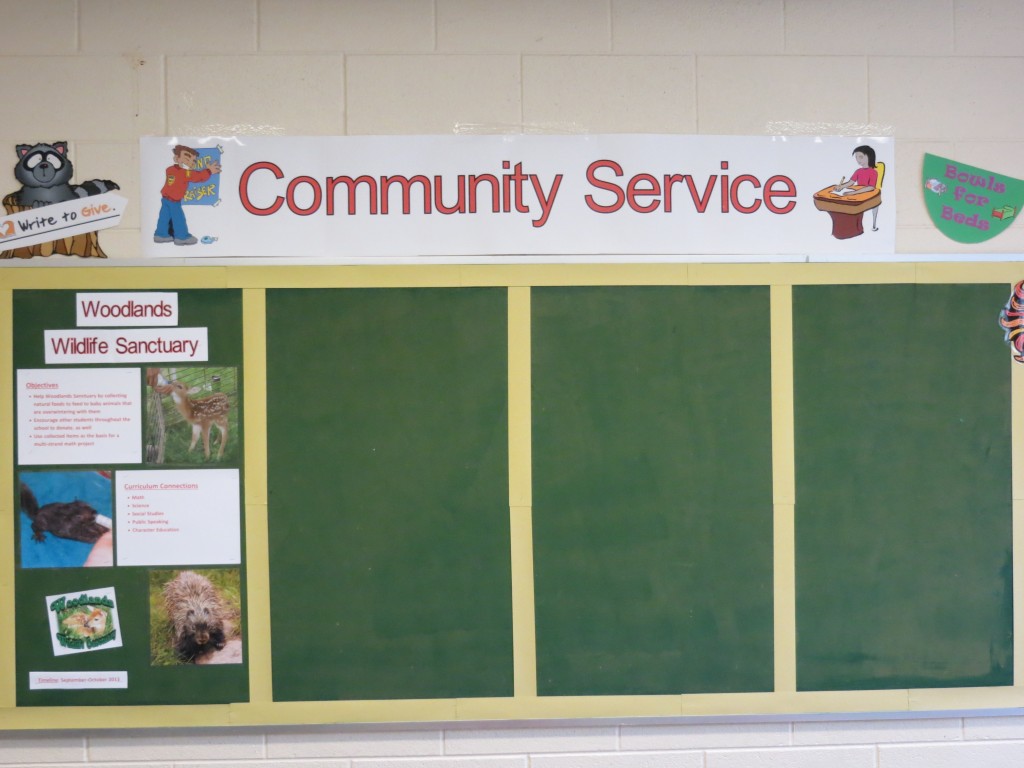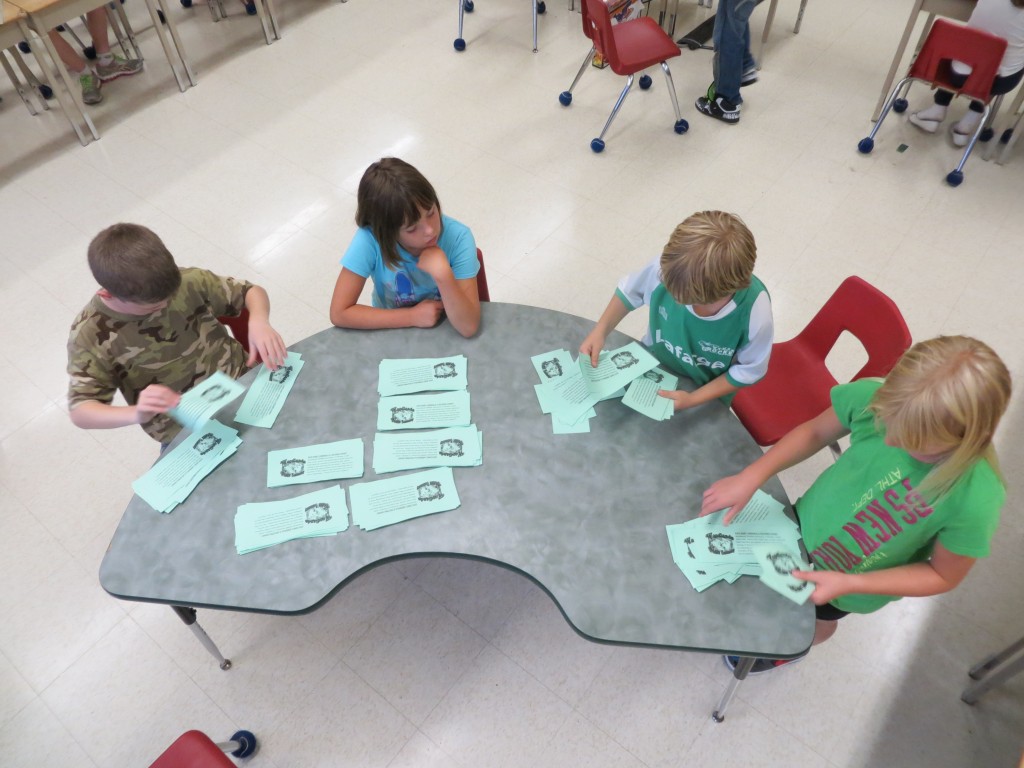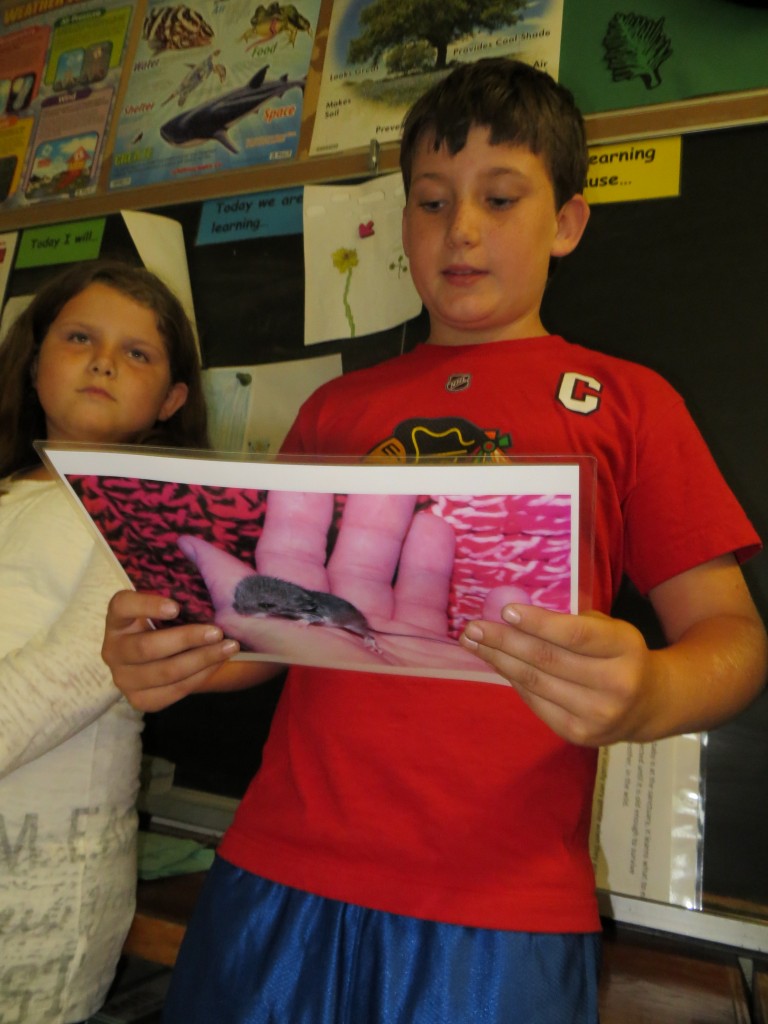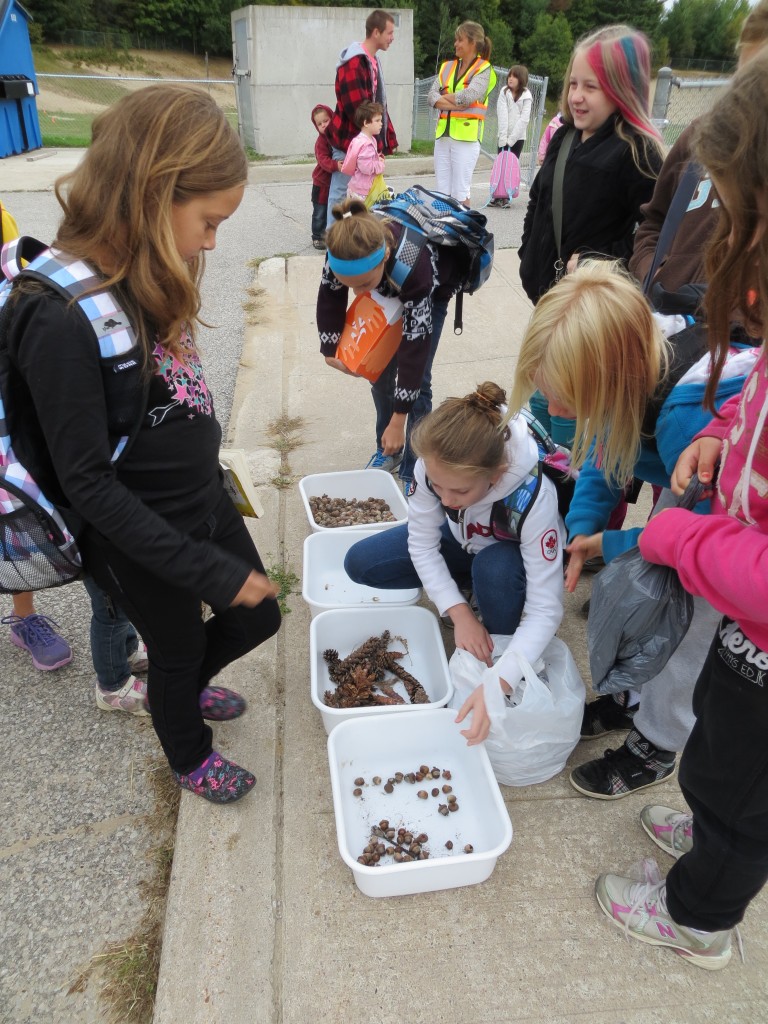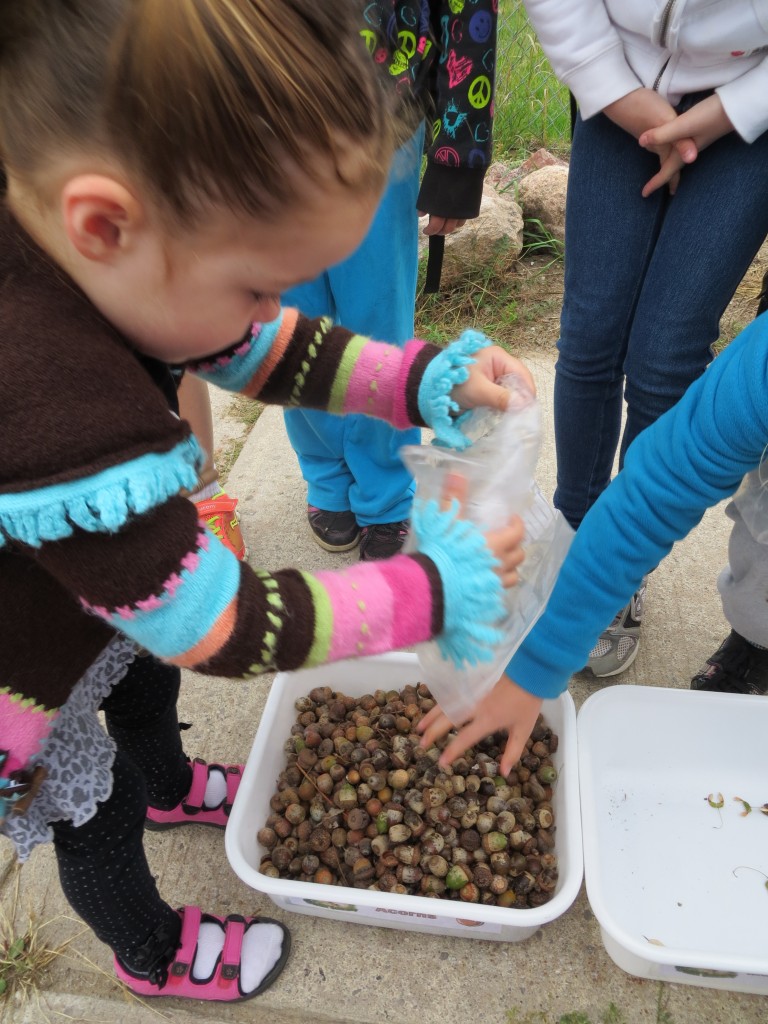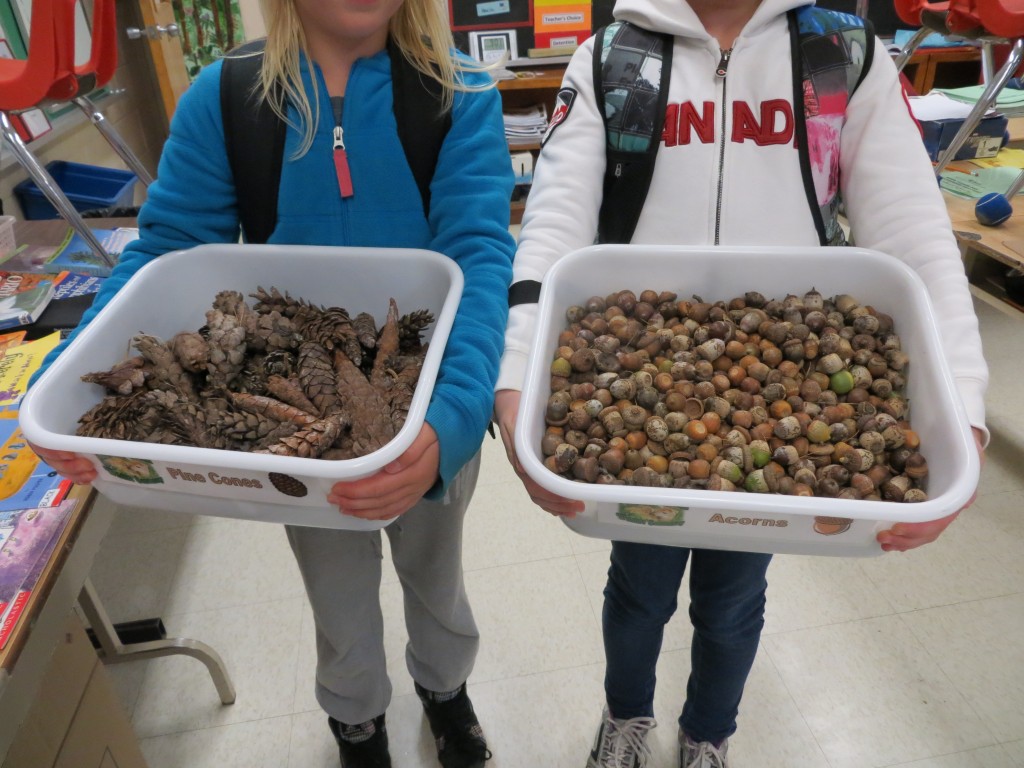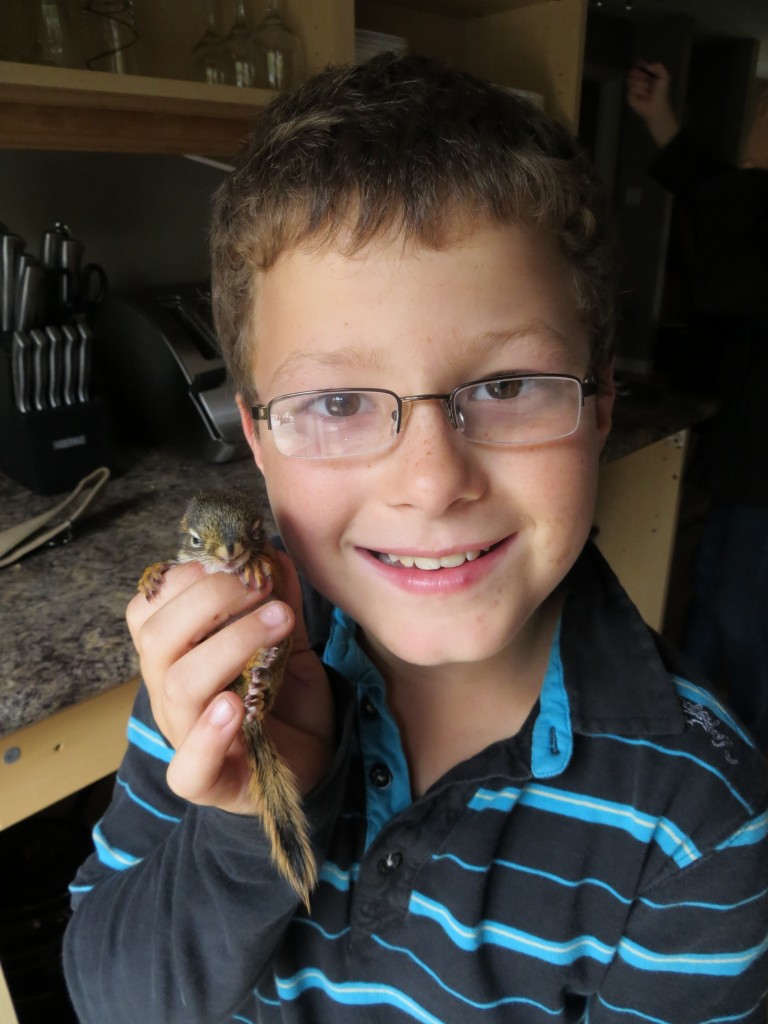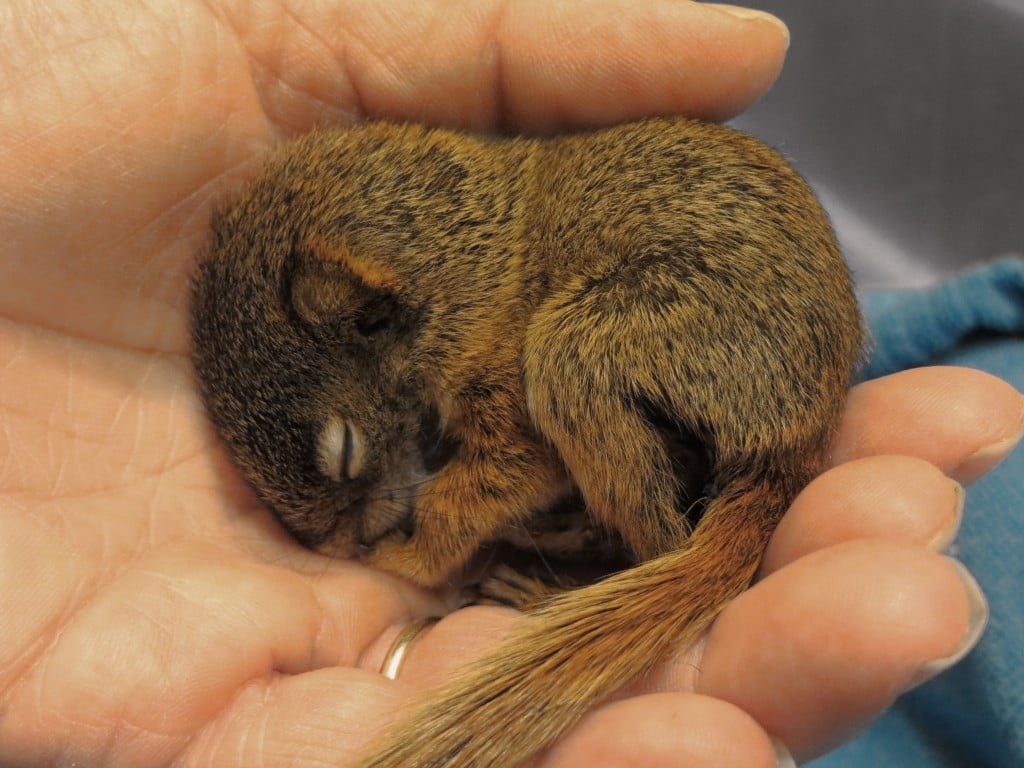This afternoon, our class participated in "The Hour of Code," an initiative aimed at providing school children, world-wide, with experience writing computer code. Students worked through various tutorials on the code.org/learn website.
Everyone LOVED the opportunity to learn about how computer programs are written, and to change the way characters and components of games behave. Here are some pictures from our Hour of Code experience (click on any photo to enlarge it):
DECEMBER 17 UPDATE:
Here are some comments students made about their Hour of Code experience:
Sam: "Hour of Code was really exciting because it made you feel like a computer scientist. It was just like building a game online."
Shenice: It was so fun when I created a Flappy Bird game with Elizabeth! We both took turns and we had so much fun when we were coding!"
Liam: "I have always wanted to code, and most of the games were so cool! It's like making your own games, so my thanks to the CEO of Hour of Code!"
Elizabeth: "The coding was very fun! It was really cool to make your own design for the rules. It was also fun to do it on a game you know how to play."
Christine: "The Hour of Code was awesome because you can make your own Flappy Bird game, and I found the Frozen game like doing math. I love Hour of Code!"
Ryder: "Coding is awesome because I learned a lot of the code. It was so fun it blew my mind!"
Clayton: "I felt very happy! It was so amazing and fun because you will not die on Flappy Bird Level 8. You just change the code!"
Zack B.: "I loved how you can do what you want to do and you can't die. I love how there was multiple games and you can make the game different. You could type what moves you wanted on this one game."
Madison: "The best part of Hour of Code was making your own game. My favourite game was the tablet and also the Flappy Bird game. I like the tablet because you can choose Stampy as a car. I like Flappy Bird because when you play it you can get 1,000 points each time you click!"
Rein: "I felt like I was a real video game maker. It was really fun because I could program a game, so I could get a point every time I clicked. I could also use it to prank other people. Finally, sure it's fun to just play a video game, but programming a game is way better!"
Ben: "I really liked the Hour of Code because you actually could program everything the way YOU wanted it to go!"
Lily: "What I loved about the code is that you can play games that you don't always get to play. I felt so happy! I loved that you also get to program how you get points and play the game. It was like you just made up a new game! I also loved the part where it helps students learn technology."
Aiden: "I really liked Hour of Code because it challenged me and you had to think about it. It never ends, and it has great games, and it was awesome because you design the game."
Kailem: "It was fun. The Flappy Birds game was awesome. I really wanted to play even more. It was fun making the game even better!"
Joslyn: "I thought Hour of Code was awesome because when I went on the Flappy Bird game, it was cool how I could personalize it and earn points. It was fun changing a game someone already made to the way you want it to be."
Kristen: "I liked the coding because there are really cool things, and because you learned how to make and awesome game. You can also let loose and have some fun!"
Thank you for visiting our class BLOG. If you have any questions or comments, feel free to e-mail me (Margaret Black): mblack@scdsb.on.ca or to add a comment to this page.
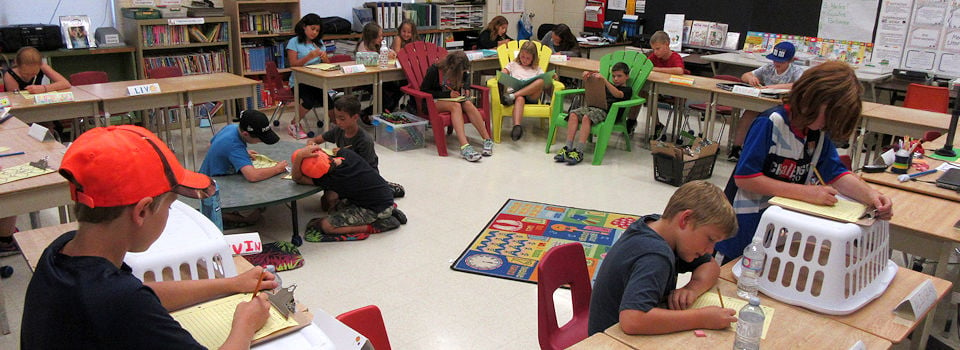
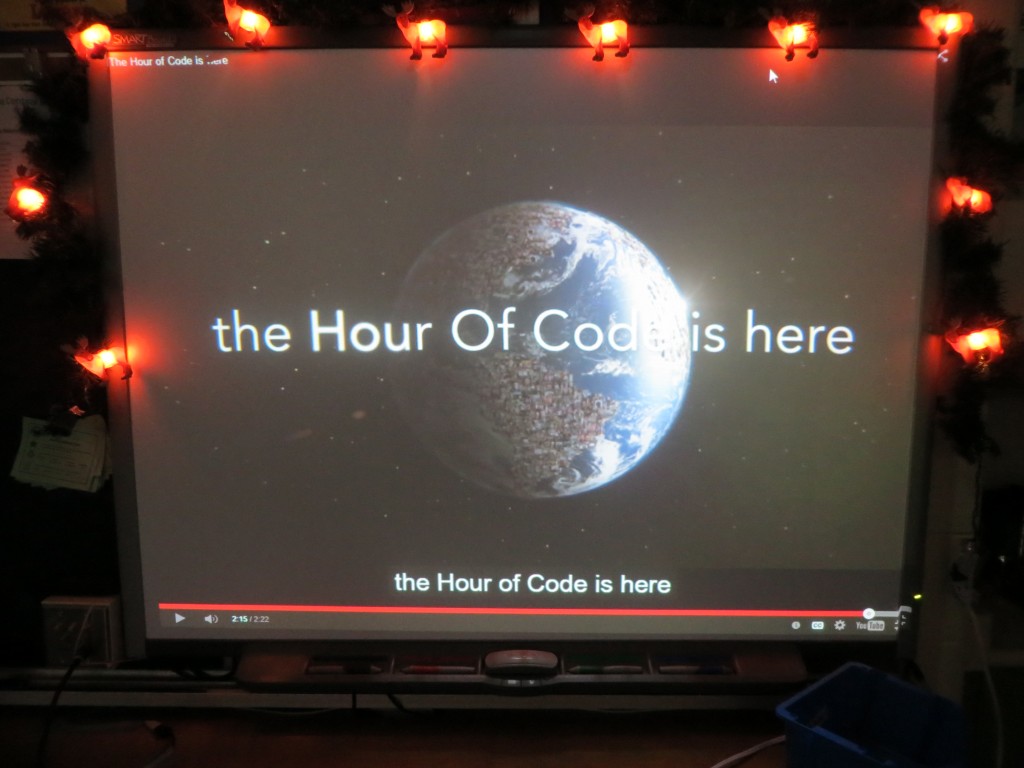






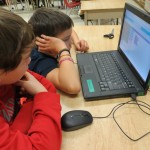






































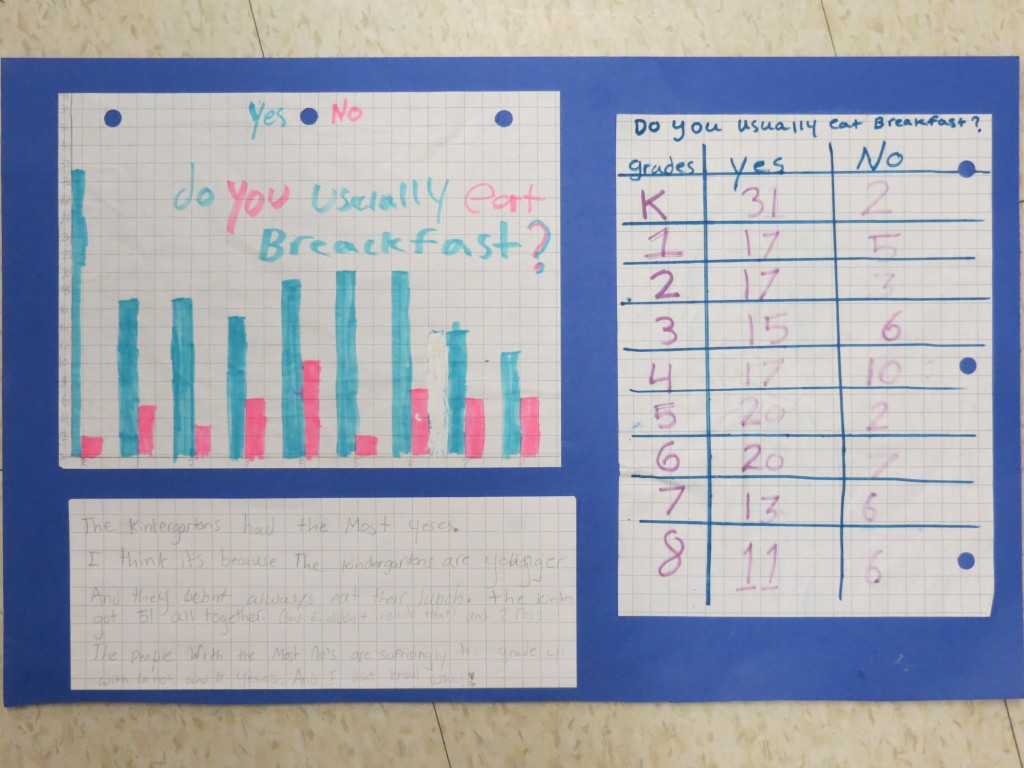

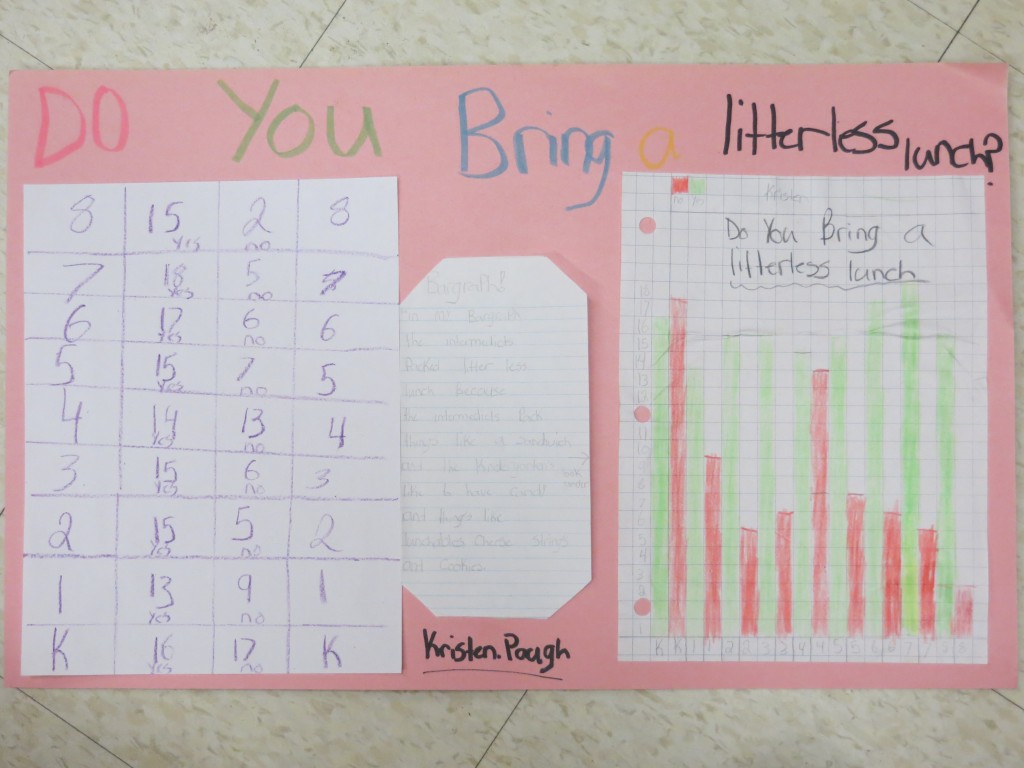

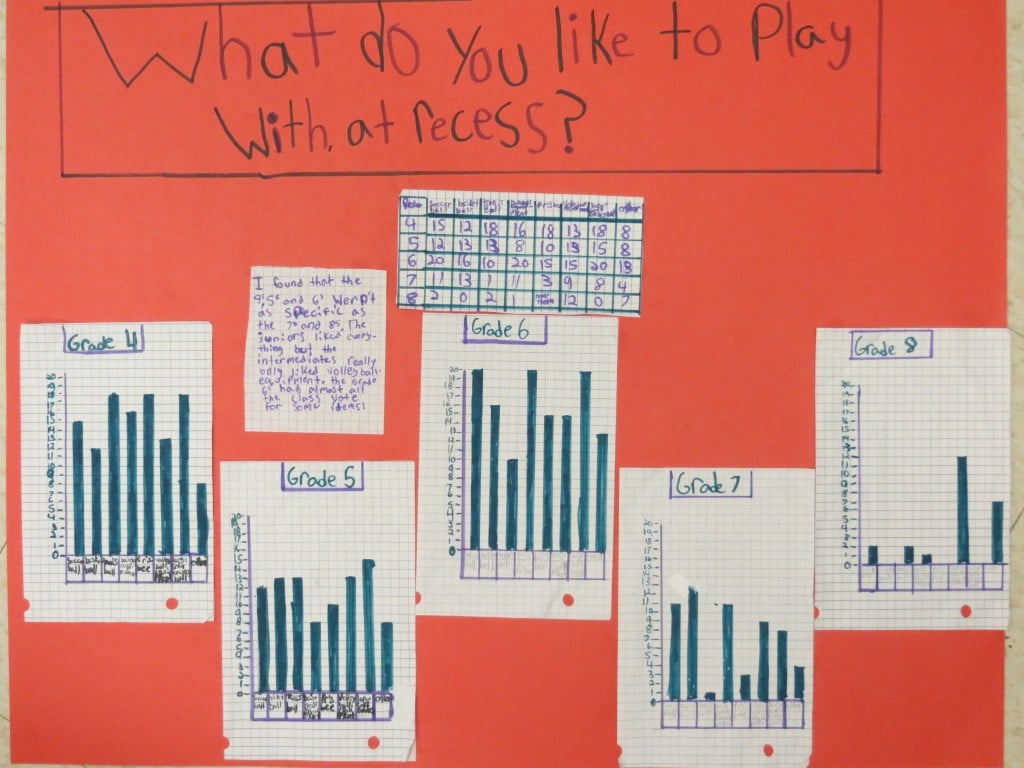






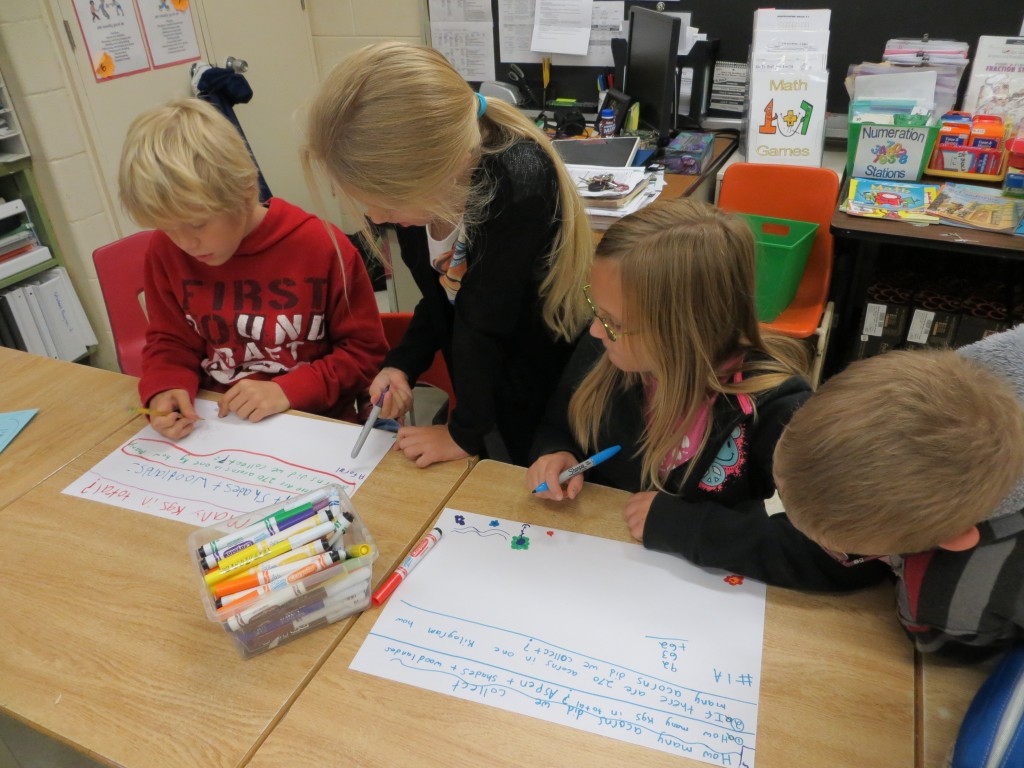

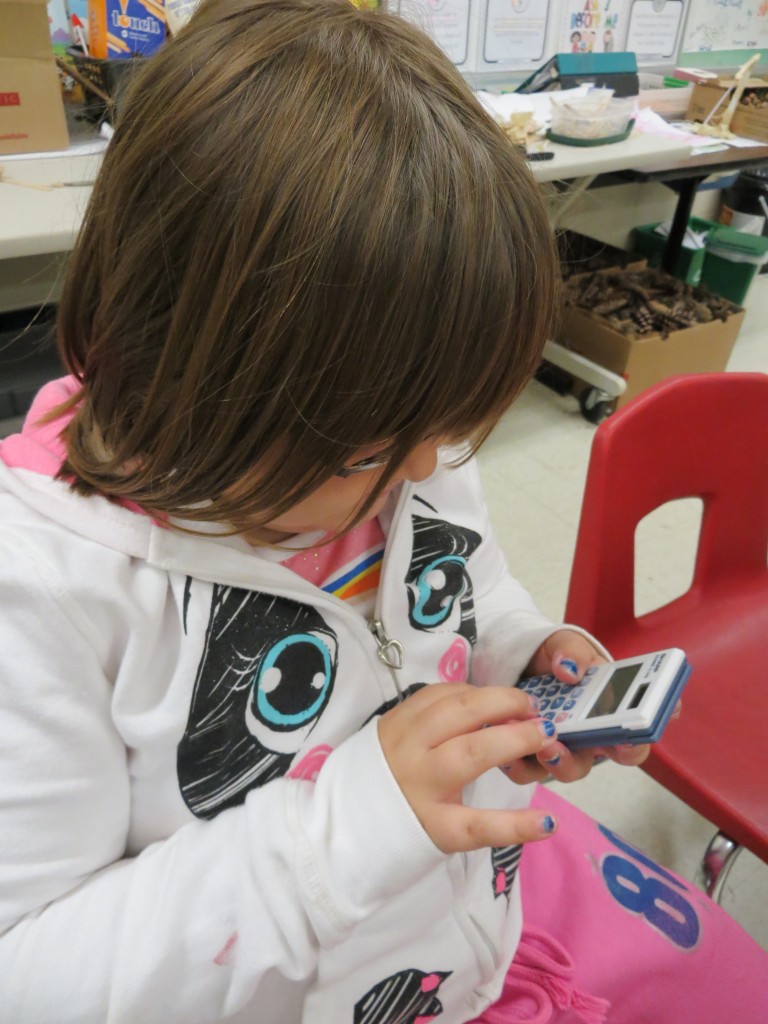
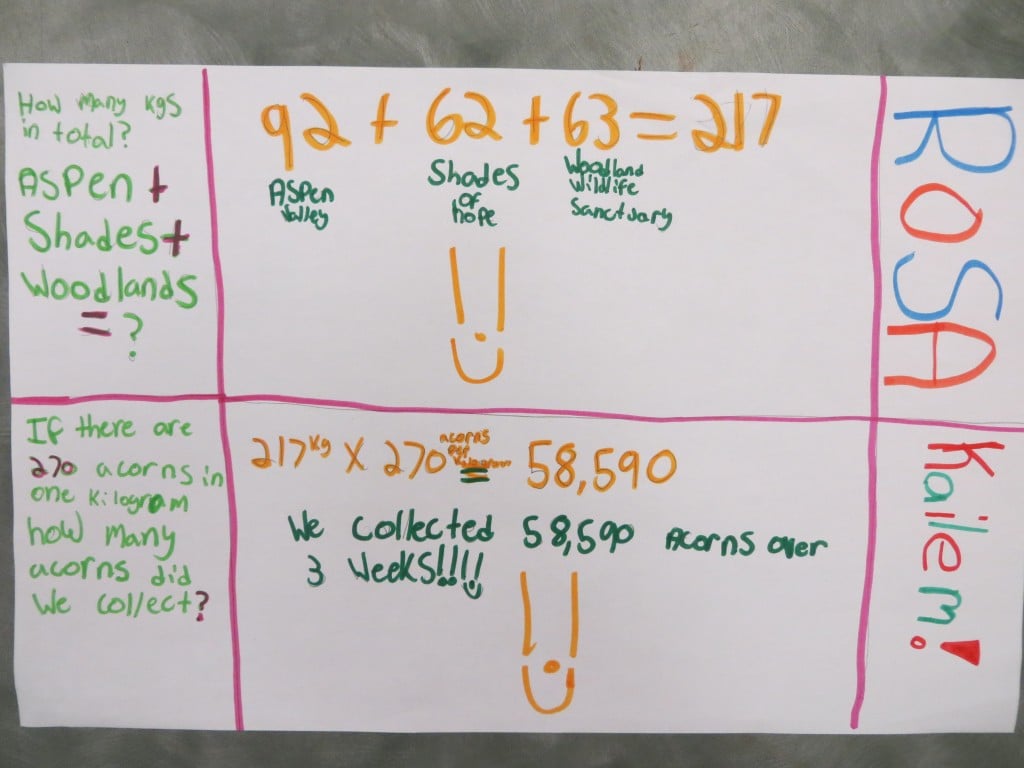
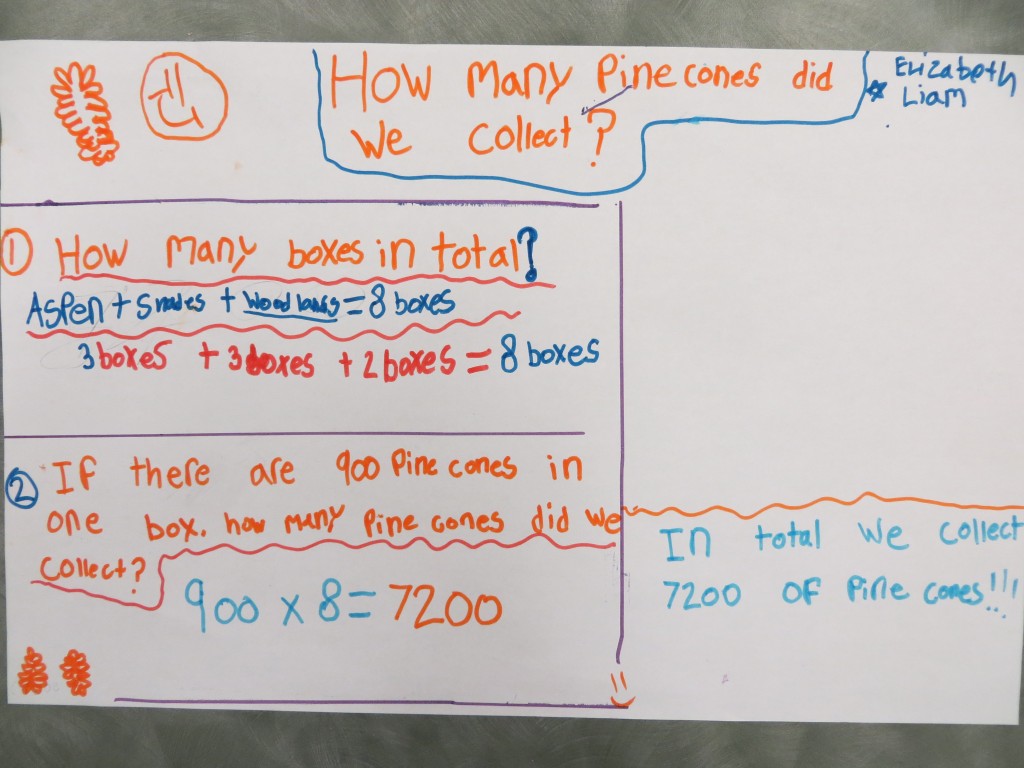


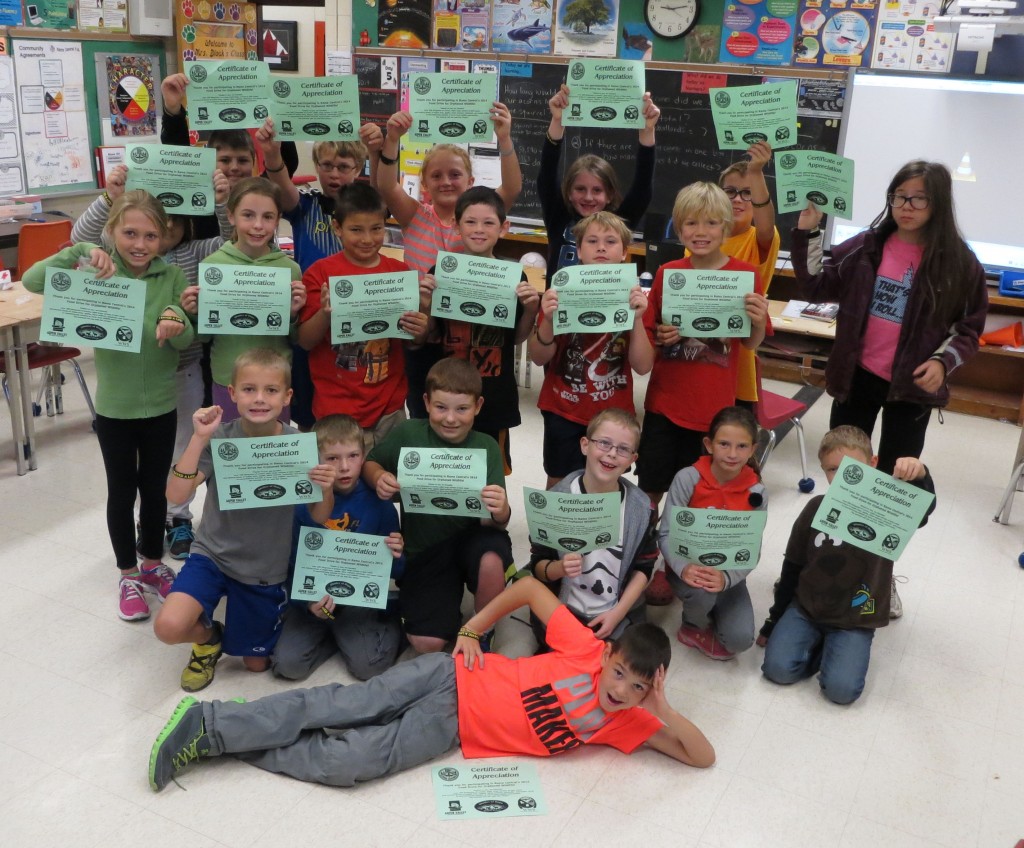
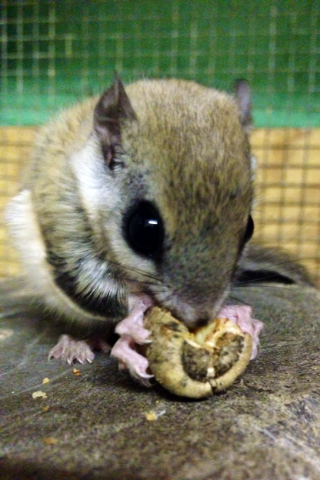



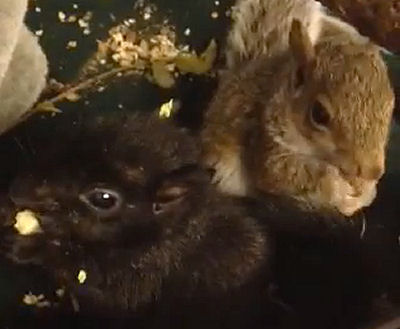
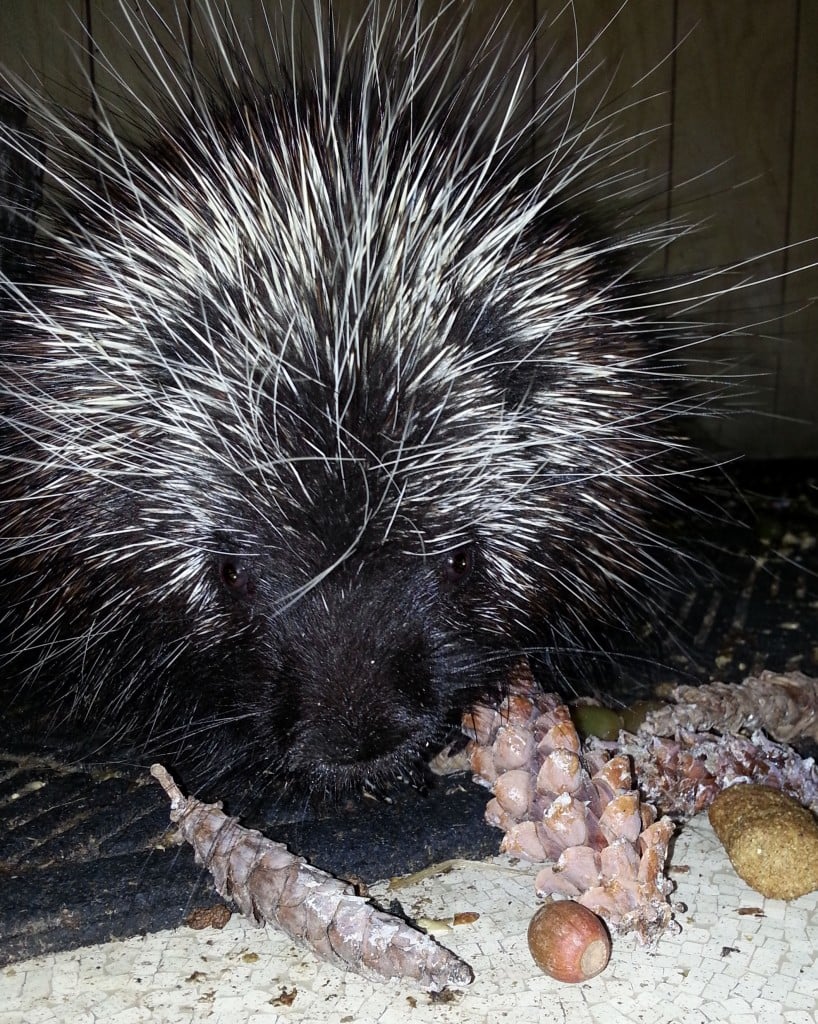
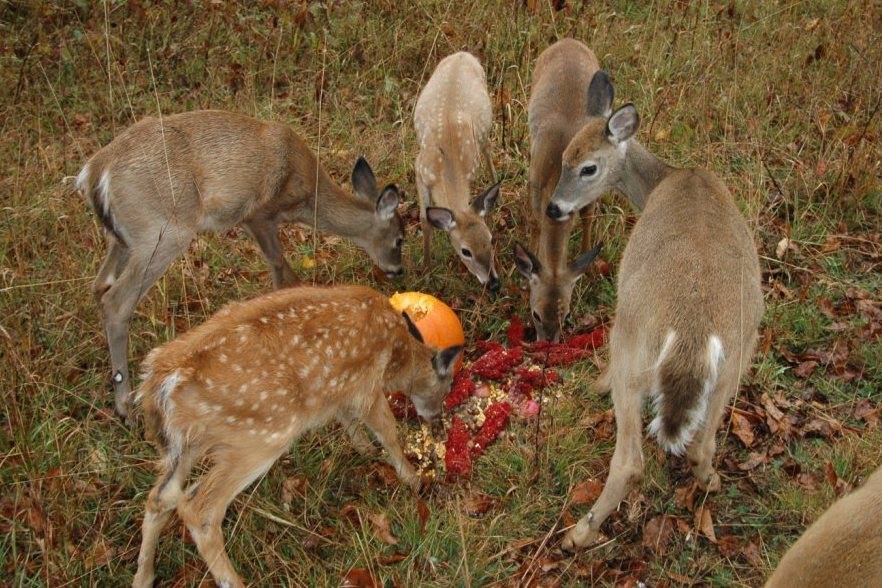


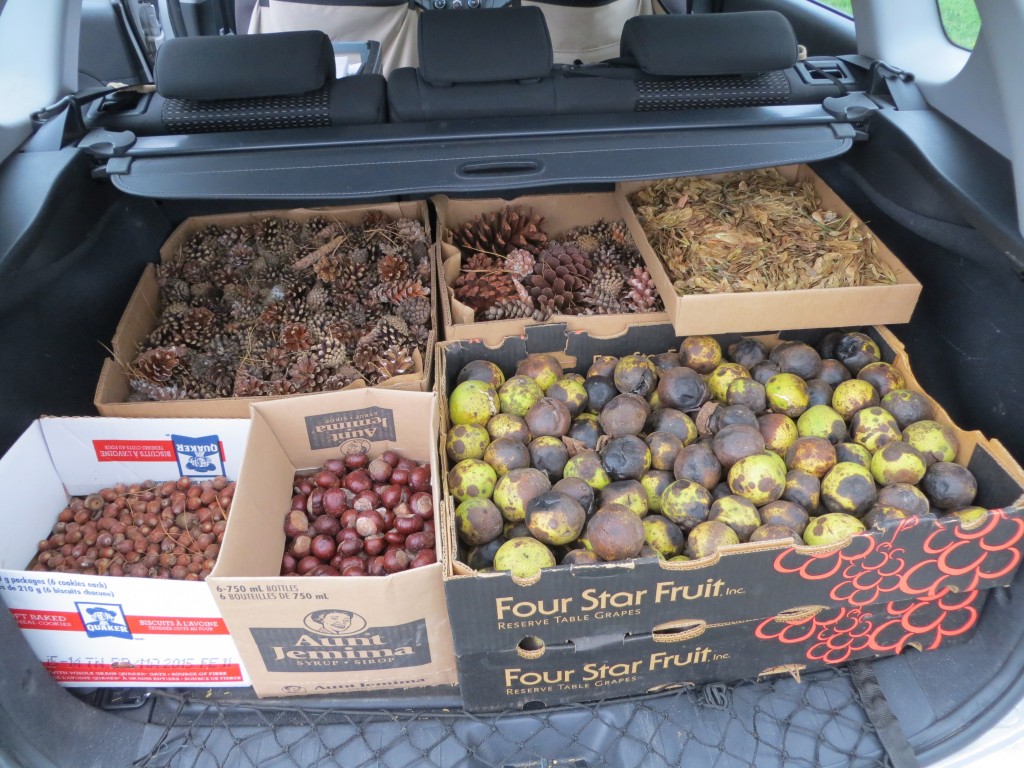







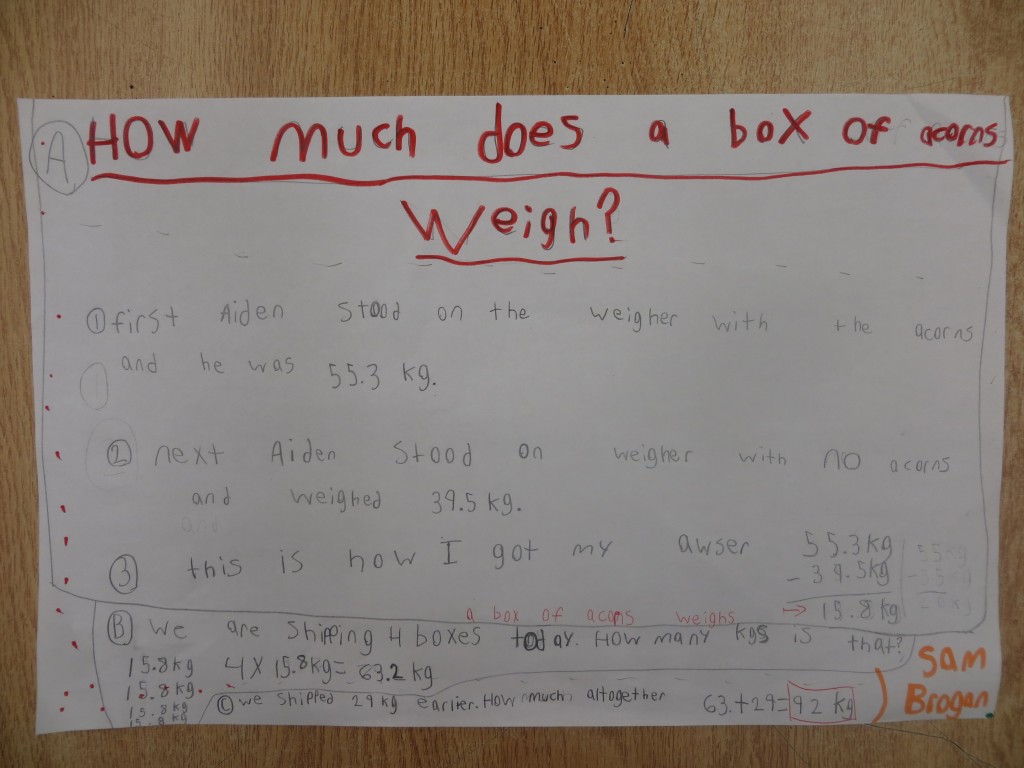
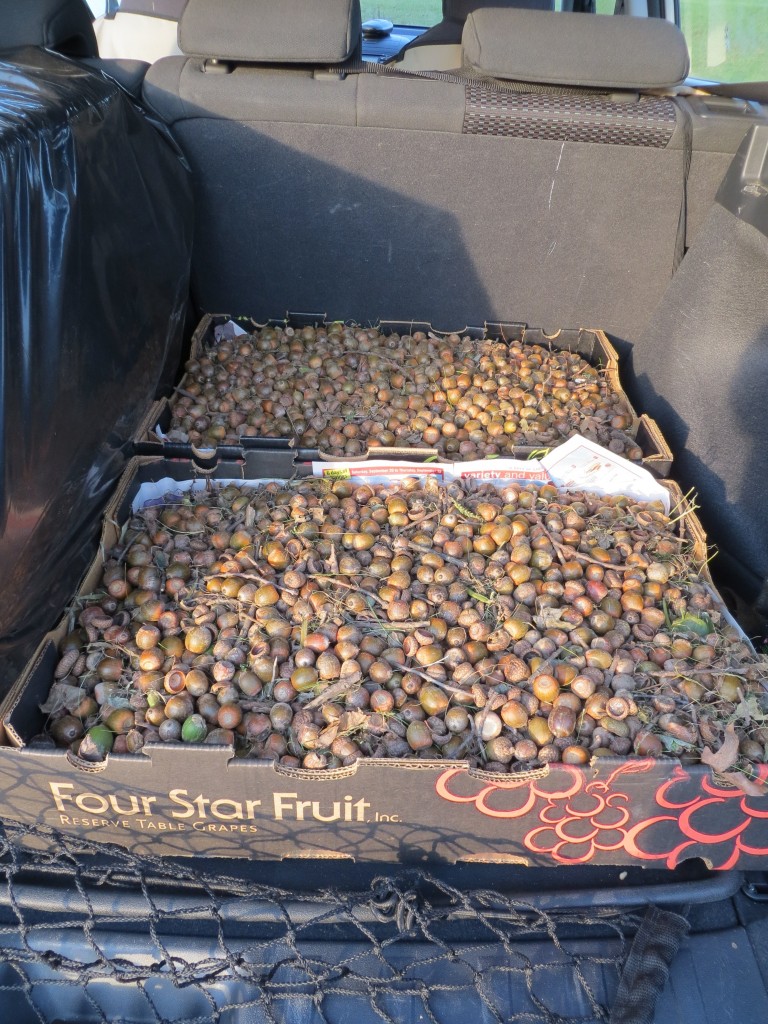

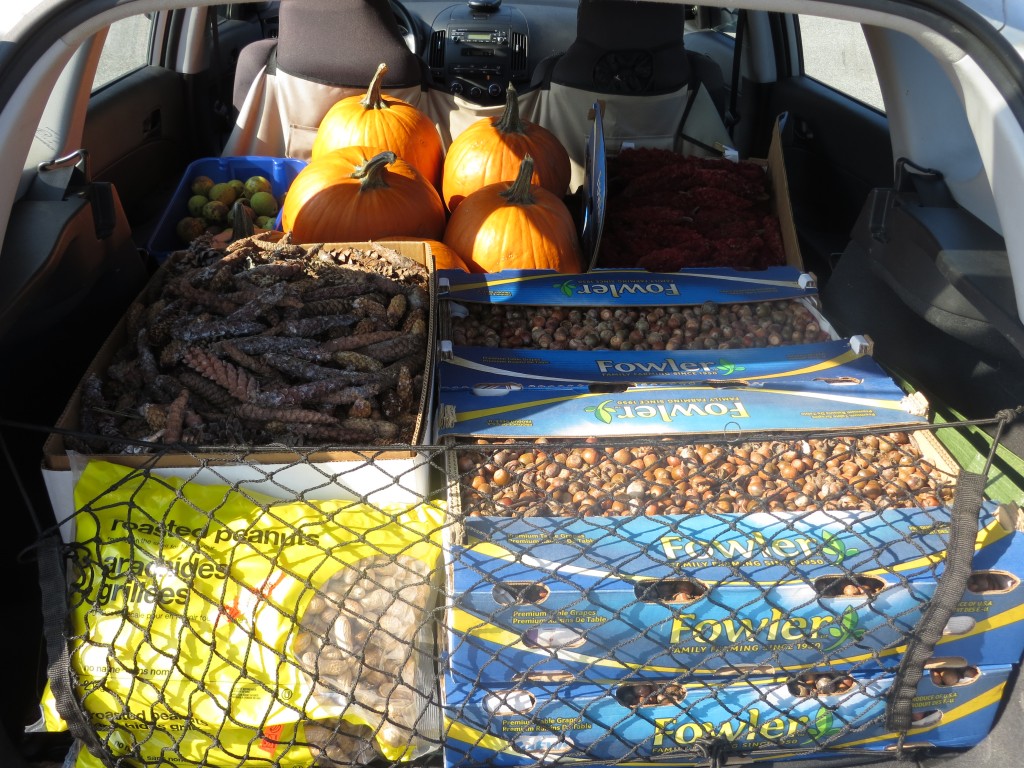


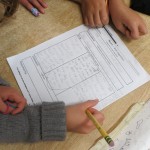







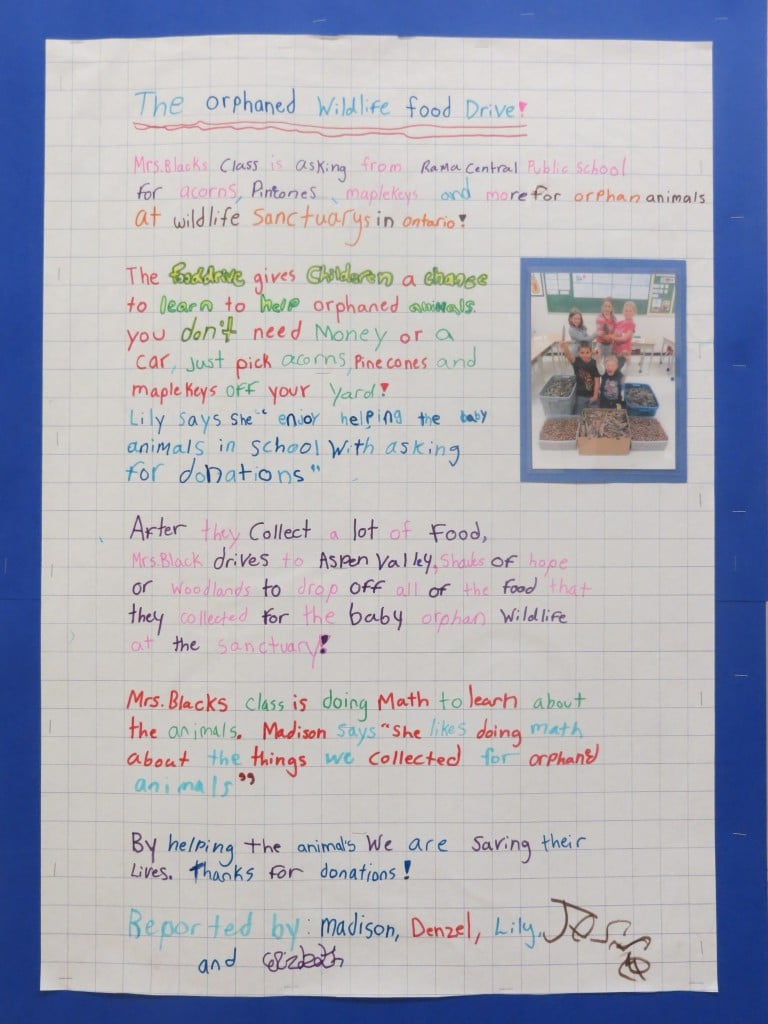
 http://www.parrysound.com/news-story/4895585-students-hold-food-drives-for-animals-at-aspen/
http://www.parrysound.com/news-story/4895585-students-hold-food-drives-for-animals-at-aspen/